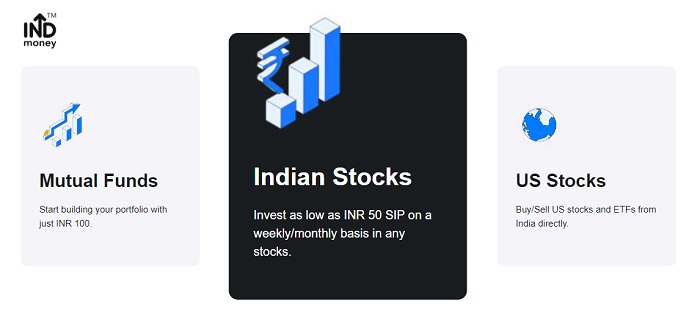The stock market is a complex ecosystem where various investment avenues exist, catering to different risk appetites and investment strategies. Among these, the Initial Public Offering (IPO) market and the F&O stock market are two prominent segments. This blog will delve into what IPO premiums are, how they work, and the basics of F&O trading in the stock market.

What is an IPO?
An Initial Public Offering (IPO) is the process by which a privately held company offers its shares to the public for the first time. This is a crucial step for companies seeking to raise capital to fund their growth, pay off debt, or invest in new projects. Once a company goes public, its shares are traded on stock exchanges, providing liquidity to investors.
Understanding IPO Premium
The term IPO premium refers to the difference between the listing price of a company’s shares on the stock exchange and the issue price at which the shares were offered to the public during the IPO. It is an essential metric for investors, as it reflects the market’s initial perception of the company’s value.
- Factors Influencing IPO Premium:
- Market Sentiment: If the overall market sentiment is bullish, investors may be more willing to pay a higher premium, expecting the stock’s value to rise further.
- Company Fundamentals: Strong financial performance, growth potential, and competitive advantages can lead to a higher IPO premium.
- Sector Performance: Trends within the industry can also impact IPO premiums. For instance, tech stocks may see higher premiums during tech booms.
- Investor Demand: High demand for shares during the IPO can drive up the premium, especially if the offering is oversubscribed.
- Evaluating IPO Premium:
- Investors should analyze the company’s fundamentals and market conditions before assessing the IPO premium. A high premium does not always guarantee future growth, while a lower premium might indicate a bargain.
- Risk Considerations:
- Investing in IPOs can be risky. If a stock opens at a high premium but fails to maintain its value, investors may incur significant losses. Therefore, conducting thorough research is critical.
Introduction to Futures and Options (F&O)
Futures and Options are derivative instruments that allow investors to speculate on the price movements of underlying assets without owning the assets themselves. They are commonly used for hedging purposes and to enhance investment returns in the F&O stock market.
- Futures Contracts:
- A futures contract is a legally binding agreement to buy or sell an asset at a predetermined price at a specified future date. These contracts are standardized and traded on exchanges.
- Uses: Investors use futures to hedge against price fluctuations or to speculate on future price movements. For example, a trader might enter a futures contract to lock in a price for an asset they believe will rise in value.
- Options Contracts:
- Options give the holder the right, but not the obligation, to buy or sell an asset at a specific price before a predetermined date. There are two types of options: call options (which give the right to buy) and put options (which give the right to sell).
- Uses: Options can be used for hedging or speculative purposes. They offer flexibility, allowing traders to benefit from market movements without a significant capital outlay.
The Relationship Between IPOs and F&O
While IPOs and the F&O stock market are distinct elements of the stock market, they can intersect in various ways:
- IPO Stocks in F&O:
- Some newly listed IPO stocks may be available for trading in the F&O segment after a specific period. Traders can then use futures and options strategies to manage their positions and risks.
- Volatility Considerations:
- IPO stocks often exhibit high volatility during their initial trading days, making them attractive for F&O traders seeking to profit from price fluctuations.
- Market Dynamics:
- Understanding the IPO market’s trends can help F&O traders make informed decisions. For instance, a bullish outlook on an upcoming IPO can influence the trading strategy for related stocks.
Conclusion
Understanding IPO premiums and F&O trading is essential for navigating the stock market. IPOs offer an opportunity to invest in companies at their inception, while the F&O stock market provides tools for hedging and speculation. By grasping these concepts and their interplay, investors can make more informed decisions, balancing risk and potential rewards. As always, thorough research and an understanding of market dynamics are crucial for success in these investment avenues.